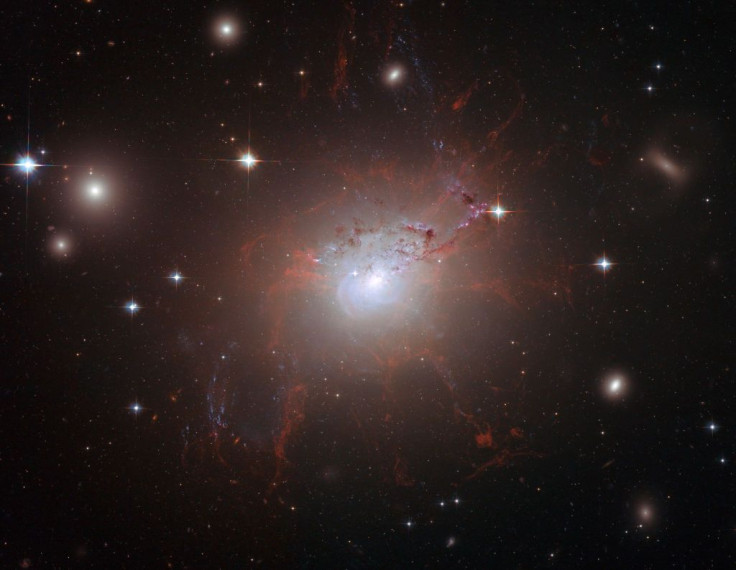NASA Hubble Captures Galaxy 50 Million Light Years Away

The Hubble Space Telescope recently captured a stunning image of one of the largest elliptical galaxies located 50 million light years away from Earth. Known as Messier 59, it is one of the latest galaxies photographed by Hubble.
Messier 59, which is also called NGC 4621, is located in the Virgo galaxy cluster. The cluster is home to roughly 2,200 other galaxies and Messier 59 is the biggest elliptical galaxy in the group, according to NASA.
In Hubble and NASA’s photo, Messier 59 can be seen as a glowing orb. At the center of it is a massive black hole that weighs 270 million times as the Sun.
A very intimidating black hole at the center of the Messier 59 galaxy measures in at about 270 million times as massive as our sun. pic.twitter.com/eanoHqNQXb
— Boateng Duka Kofi (@DukaKofi) March 22, 2018
Messier 59 was first discovered by German astronomer Johann Gottfried Koehler in 1776 while observing Comet Bode. While studying the same comet, French astronomer Charles Messer came across Messier 59 and added it to his “Catalogue des Nebuleuses et des Amas d'Étoiles,” which is a catalogue of astronomical objects.
The photo of Messier 59 is one of the latest deep-space images captured by Hubble. On May 16, it shared an impressive image showing the aftermath caused by the collision between two galaxies. According to NASA, the event caused the galaxies to evolve, resulting in the formation of new stars and possibly planets.
The image of what appears to be an evolving galaxy was posted by Hubble on Twitter. It shows galaxy NGC 4485 as it exhibits irregular behavior after colliding with a much larger galaxy known as NGC 4490.
Clusters of young blue stars can be seen on the right side of the photo along with pinkish nebulas. Although the left side appears intact, it actually shows a distorted image of the galaxy’s previous spiral structure.
According to NASA’s statement, the fender-bender between the two galaxies occurred millions of years ago. The space agency theorized that since NGC 4485 and NGC 4490 were close to one another, a gravitational tug-of-war between the two galaxies occurred. As a result, both galaxies experienced the formation of high-density gas and dust within their bodies that led to the creation of a new generation of stars.

© Copyright IBTimes 2025. All rights reserved.





















